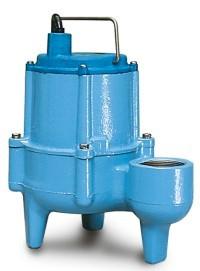Joethemechanic
Senior Member
- Location
- Hazleton Pa
- Occupation
- Electro-Mechanical Technician. Industrial machinery
Because that is what it would take to keep voltage drop within reason at that voltage, current and distance.
10 AWG copper 1.02 ohms per 1,000
8 AWG Aluminum 1.03 ohms per 1,000
Me and topgone kinda came up with the same answer, just a different choice in materials.
How is one of us right, and the other wrong?
Are you sure you are a German?
Last edited:


